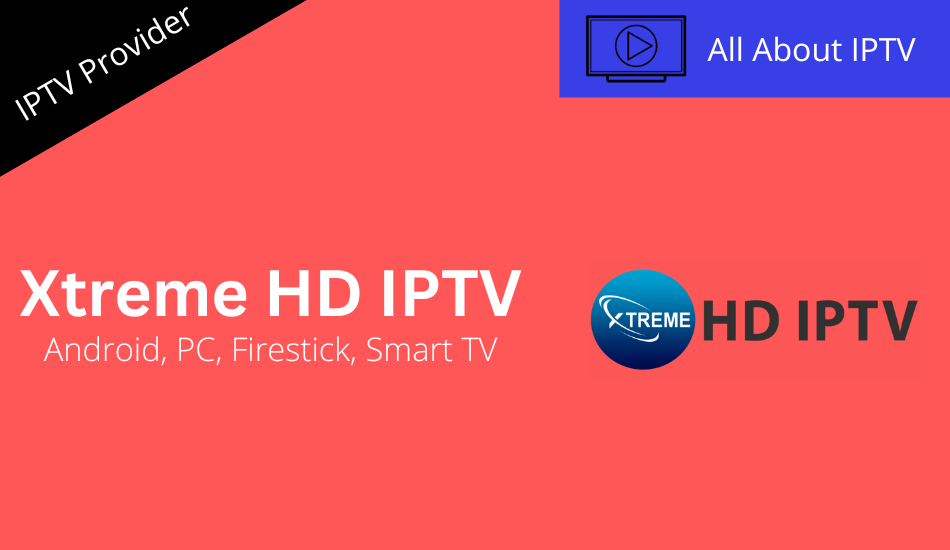The Evolution of IPTV: Subscriptions Then and Now
The Evolution of IPTV: Subscriptions Then and Now
Blog Article

In the world of digital entertainment, the way we consume television has undergone a remarkable transformation over the years. IPTV, or Internet Protocol Television, has emerged as a game changer, allowing viewers to access a vast array of content through internet connections rather than traditional broadcast methods. As technology continues to advance, the landscape of subscription services has expanded, giving consumers more options than ever before.
Looking back, the early days of IPTV offered limited choices and required a certain level of technical know-how to navigate. However, as user-friendly interfaces and high-speed internet became more prevalent, the appeal of abonnement IPTV grew significantly. Today, viewers can easily subscribe to a variety of services that cater to diverse tastes and preferences, making it an exciting time for content consumption. Whether you're interested in live sports, on-demand movies, or exclusive series, the evolution of IPTV has made it simpler and more accessible than ever before.
Historical Overview of IPTV Subscriptions
The inception of IPTV subscriptions can be traced back to the early 2000s, when technology began to evolve to support the delivery of television content over the Internet. Initially, IPTV services were limited to a few providers who offered a modest selection of channels primarily aimed at enhancing traditional cable offerings. The allure of IPTV lay in its ability to provide on-demand content and interactive features that were not available with conventional broadcast methods. As broadband internet became more widely available, interest in IPTV subscriptions began to grow among consumers.
By the mid-2000s, several telecommunications companies recognized the potential of IPTV and started to invest heavily in infrastructure and content licensing. This period saw the emergence of larger IPTV providers that could offer bundled services, combining television, internet access, and voice services in attractive packages. These bundled subscriptions became a popular choice among consumers looking for convenience and cost savings. The competitive landscape began to transform, with providers vying for customer loyalty through promotional pricing and exclusive content offerings.
As technology progressed and streaming capabilities improved, IPTV subscriptions continued to evolve. The introduction of smart TVs and streaming devices in the 2010s led to a surge in consumer adoption. Although traditional cable subscriptions were still prevalent, more viewers began to prefer the flexibility and personalization afforded by IPTV. This shift signaled a change in content consumption habits, encouraging providers to adapt and innovate, ultimately leading to the diverse IPTV subscription models we see today.
The Current State of IPTV Services
Today, IPTV services have gained significant traction among viewers, reflecting the changing landscape of media consumption. With the proliferation of high-speed internet and smart devices, users now have access to a wide range of channels and on-demand content at their fingertips. Subscription options are more flexible than ever, allowing consumers to choose plans that best suit their viewing habits and preferences. This shift signifies a departure from traditional cable services, empowering audiences to personalize their entertainment experience.
A key feature of current IPTV offerings is the emphasis on content variety. From live television to exclusive series and movies, subscription IPTV services provide an extensive library of options that cater to different tastes. Major players in the market, including established brands and innovative startups, have expanded their portfolios to include niche channels and localized content. This diversification not only enhances customer satisfaction but also promotes competition, encouraging providers to continually improve their services.
IPTV Abonnement Illimité
Moreover, current IPTV subscriptions often include various interactive features that enrich the viewing experience. Users can access additional content related to the programming, engage with community features, and utilize advanced search capabilities. Cloud-based DVR services are also becoming standard, allowing subscribers to record and store their favorite shows for later viewing. As technology continues to evolve, the IPTV landscape will likely witness further enhancements, providing even greater value to consumers.
Future Trends in IPTV Subscriptions
As technology continues to advance, the future of IPTV subscriptions is poised for significant transformation. The convergence of artificial intelligence and machine learning into IPTV services is expected to revolutionize how content is delivered and consumed. Personalized viewing experiences, driven by AI algorithms analyzing user preferences, will enable subscribers to discover content tailored specifically to their tastes. This customization will likely lead to increased retention rates as viewers find more value in their subscriptions.
Additionally, the rise of 5G technology will play a crucial role in shaping the IPTV landscape. With faster data speeds and reduced latency, 5G will enhance streaming quality and accessibility, allowing subscribers to watch content on multiple devices without buffering issues. As a result, IPTV providers will have the opportunity to expand their service offerings, potentially incorporating augmented reality and virtual reality experiences that can further engage viewers and create new revenue streams.
Finally, the trend towards bundling services will continue to reshape IPTV subscriptions. Providers may look to partner with other digital platforms, offering comprehensive packages that combine television, internet, and even gaming services under one subscription. This approach not only improves customer satisfaction by providing a more integrated experience but also creates competitive advantages in an increasingly crowded market. Subscribers can expect more value and flexibility as IPTV services evolve to meet their changing needs.
Report this page